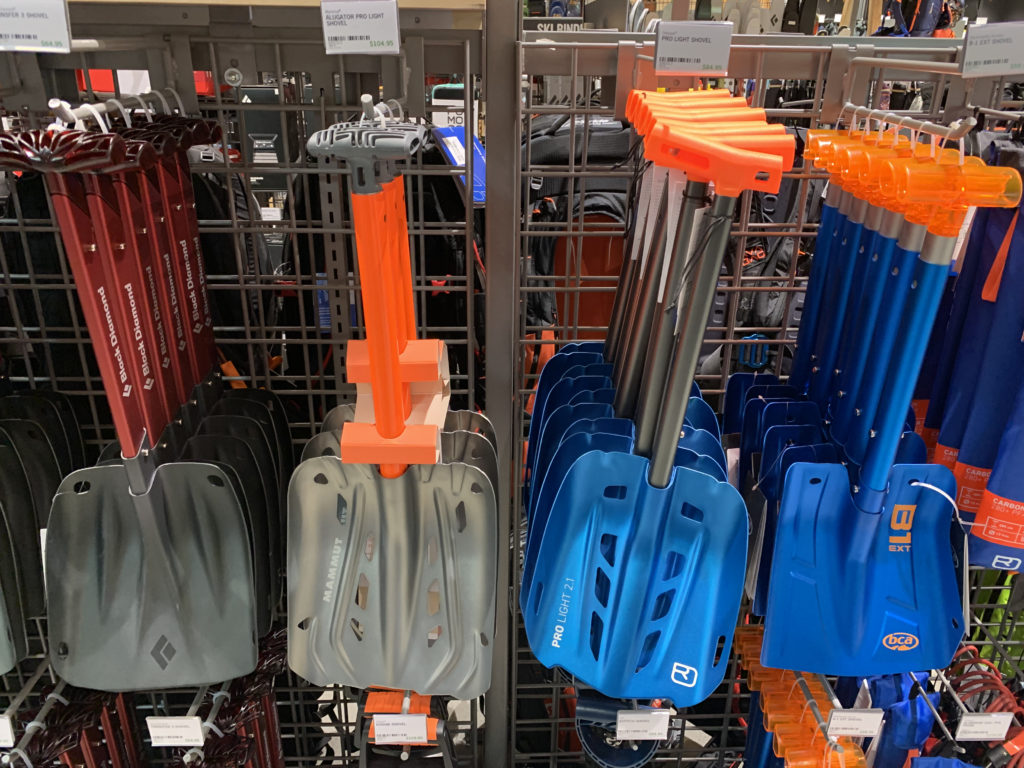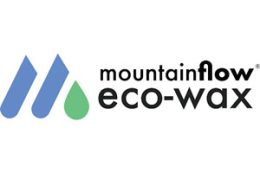Does Your Avalanche Shovel Meet UIAA Standards?
If only your ski partner got to choose what shovel you buy. In the event of an unfortunate avalanche accident, they will be on the receiving end of your purchasing decision, and I guarantee they’ll hope it was a good one.
This is a point eloquently demonstrated by a friend I used to teach avalanche courses with. When a student would show up at a course with a sub-standard shovel (plastic blade on more than one occasion), he’d politely request they exchange shovels for the duration of the course. It would take a few minutes for the true message of the proposed gear-exchange to hit home, but it was often understood. Many students returned the second day with a new, and instructor-approved, avalanche shovel.
A shovel might seem like a simple device (relative to the array of complex gear in our arsenal), but there’s more to the decision than just price and weight. If you have experience digging in avalanche debris, you understand the importance of having a shovel that’s designed and certified to meet the rigors of a real rescue.
Fortunately, the International Climbing and Mountaineering Federation (UIAA) has an international avalanche rescue shovel standard that can help guide you. The UIAA (founded in 1932) is made up of experts, engineers, and accredited testing laboratories dedicated to developing safety standards in an attempt to reduce accidents. Not familiar with the UIAA? Ask your climbing and mountaineering buddies or any professional guide. The UIAA logo on critical climbing safety gear (like ropes) has assuaged the concerns of many an experienced climber.
The UIAA’s avalanche rescue shovel standard, found here, was revised June 2018 and rates the shovel construction, shape and size, strength, and stiffness. The standard also requires the manufacturer to appropriately label the shovel with identifying information and provide information about its use, storage, maintenance, and service life. Most importantly, the UIAA Commission regularly reviews mountain accidents to determine if the standards are at a high enough level. Standards are frequently revised or new standards introduced accordingly. The UIAA also has standard for avalanche rescue probes, and there’s also an ISSW paper on the development of UIAA standards for snow safety equipment.

There’s a plethora of shovels available that meet the UIAA standard (most or all of BCA and Mammut’s shovels, for example) and for those determined to save precious grams, there are uber-light options (like the Pro Lite from Ortovox), too. It’s easy for consumers to identify a UIAA approved shovel. If their shovel meets the standard, most manufacturers will clearly state it on their website under “specifications” or on the product packaging.
Finally, consider the advice of the wise snow-scientist Bruce Jamieson in last season’s Snow Tools article. He recommends basing your shovel purchasing decision on how it will perform during snowpack tests and observations, not just avalanche rescue. A flat back and blade, for example, are helpful in cutting clean pit walls.
Through backcountry skiing, Paul Rogers has found incredible happiness, lasting friendships, and the opportunity to traverse the snowscape across Europe and North America. He founded Powder Cloud to help others safely find the same.



